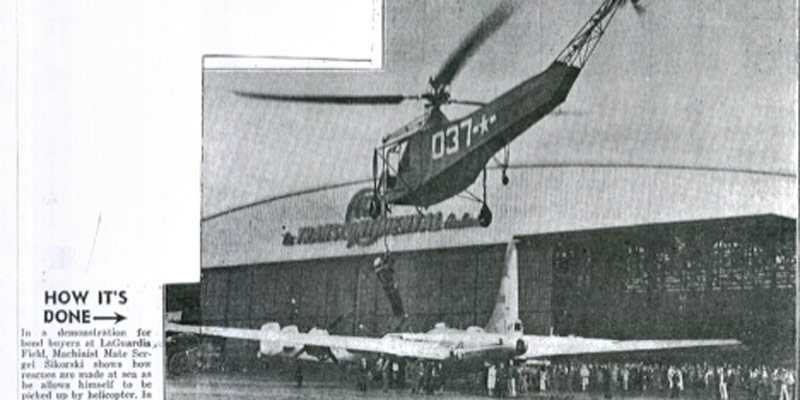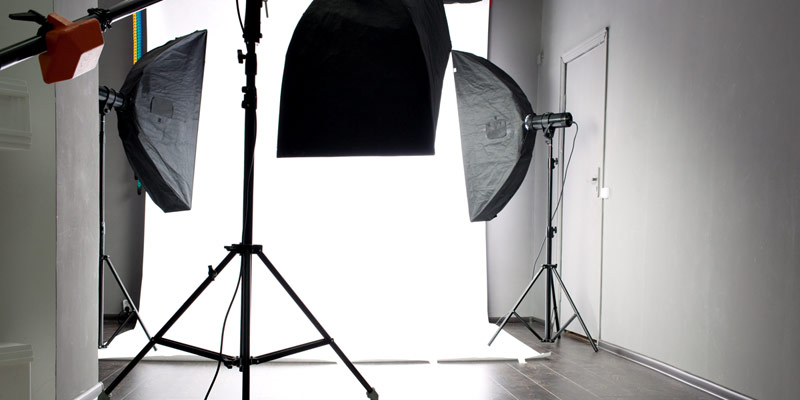Month: September 2013
An Uplifting Visit with Sergei Sikorsky
 The Sikorsky name is synonymous with the advancement of vertical lift technology and the invention of modern helicopters. The corporation and products that bear the family name are equally as impressive and inspiring. With all of this history and legend behind a name you could imagine how I might be a bit intimidated when asked to interview Sergei Sikorsky for a client project. I’m not sure what I was afraid of, or even what to expect, but I was sure that I didn’t want to screw it up.
The Sikorsky name is synonymous with the advancement of vertical lift technology and the invention of modern helicopters. The corporation and products that bear the family name are equally as impressive and inspiring. With all of this history and legend behind a name you could imagine how I might be a bit intimidated when asked to interview Sergei Sikorsky for a client project. I’m not sure what I was afraid of, or even what to expect, but I was sure that I didn’t want to screw it up.
We were scheduled to meet at the Arizona Biltmore in the Mystery Room, a former speakeasy lounge created in the days of Prohibition. I arrived early to assist in the set-up of the room, lighting and video cameras, to make sure that everything was working perfectly. Sergei and his lovely wife, Elena arrived right on time, fully prepared for the video interview. As soon as I met them I knew there was nothing to be nervous about, Sergei and Elena Sikorsky are such a charming, easygoing couple.
As the interview got under way, we went through our list of prepared questions and Sergei shared his stories of what it was like in the early days being a test-dummy for his father’s helicopter hoisting operations. His storytelling abilities and his recollection for names, dates and details was amazing. He was also kind enough to bring some historic photos from his collection to illustrate his stories. One image was a newspaper reprint that shows himself performing a helicopter rescue hoist demonstration.
“It’s a bond drive and there I am being lifted up. It was very interesting for me as a 19 or 20-year old sailor, because the crowd control wasn’t all that bad and once I got through the demonstration, I would invariably walk over to the crowd, pick a couple of pretty girls out and ask them for their phone numbers.”
It turns out that Sergei has always been quite the ladies man.
I’m sure that Sergei has told these stories hundreds of times, but he still speaks about them with such fondness. He’s been living and breathing aerospace his entire life, and he still loves to tell the stories, describe the photos, attend the industry events and share his love of the subject. Here’s how he describes it.
“Yes, it’s been an interesting life, there’s no doubt about it. I am very lucky to have spent my whole life in aviation. Yes, I still fly occasionally and my wife says that when I come back from having flown an airplane that I’m about 5 years younger. Now, some people will call it second childhood, but I call it rejuvenation. It is a very strange, unique feeling. It’s a wonderful feeling, and certainly the gift of flying that was given to us by so many of the pioneers, is to me still romantic, still inspiring.”
Before I knew it our interview had come to an end. Sergei and Elena had brought copies of his book, The Sikorsky Legacy, which he autographed for each of us as we were wrapping up.
So what did I learn from all of this? I learned that I still admire the Sikorsky name but for reasons I never expected. I envy that Sergei found his calling so early in life and it continues to be his passion. The fact that he still uses words like rejuvenation and romantic to describe his love of aviation. I’m impressed that Sergei was willing to participate in rescue hoist demonstrations and operations to show his confidence in his father’s inventions and products. The way he still enjoys traveling to aerospace events to hand out awards and speak about his father’s life and achievements. And the fact that he and Elena are such kind and considerate people that you forget about the legacy behind the Sikorsky name and feel like you’re having a conversation with friends.
How Much Is A Photograph Worth?
 Photography can be either art or commerce. The value of a piece of art is defined simply by what someone is willing to pay for it. That fact explains why a photo of the inside of a 99 Cents Only Store fetched over three million dollars at auction. Then again, there are only three copies of that photo in existence, so exclusivity is part of the value.
Photography can be either art or commerce. The value of a piece of art is defined simply by what someone is willing to pay for it. That fact explains why a photo of the inside of a 99 Cents Only Store fetched over three million dollars at auction. Then again, there are only three copies of that photo in existence, so exclusivity is part of the value.
But for commerce, there is some guidance to be had in the realm of advertising. Specifically, over time and based on many factors including the number of readers of a magazine, the characteristics and qualifications of those readers, and the perhaps intangible reputation of a publication, rates have been negotiated for presenting a message to those readers. To wit, their rate card spells out how much a magazine wants in exchange for advertising space, the “value” of that space. (Keep in mind that when I speak of value, I’m not addressing the cost to create and submit a photo, but the equivalent value of that photo as compared to an ad.)
Typically, the least expensive rate, per square inch, is for a full-page ad. The quantity (number of square inches) is higher, so the rate is lower. Purchasing more editions can further reduce the rate, as can negotiations with the salesperson. Granted.
But to simplify this examination, I will use published full-page single-edition ad pricing as a guide to the value of space in a publication, an approach which is appropriate in these calculations.
Here are some rates for pan-aerospace publications (without naming names): PA-1 charges $11,525 for a full-page ad. PA-2 charges $13,800. PA-3’s rate is $15,985 and PA-4 goes for $21,265. Those are some heavy-hitting publications and they charge accordingly.
On a smaller scale, in the niche of rotary-wing publications, here are just a few: RW-1 lists a full-page ad at $5,690. RW-2 asks for $6,045. RW-3 lists at $7,186, while RW-4’s rate is $11,990.
How do these numbers relate to the value of photography? One simple correlation is to assign the value of a cover photo, which takes up a full page, the same value as a full-page ad. Thus, cover photos in the pan-aerospace publications might reasonably be worth between $12,000 and $21,000, and among the helicopter magazines listed, to be worth between $5,700 and $12,000.
But here’s a slight curve to these calculations: advertising positions that are considered “premium,” meaning they are located within the magazine such as to be more likely to be viewed and viewed repeatedly, often command a premium price from the publisher, usually between 10 and 20 percent, but as high as 33 percent in some publications. Those locations are, typically, the inside front cover and the inside and outside back covers. So what premium should apply to get the outside front cover? The location that every reader (and passerby) sees, the cover that is advertised and touted by the publication? There is at least one publication, not included above, that sells its outside front cover and their listed rate is nearly 40 percent higher than a full-page ad inside the magazine. So it seems very reasonable to apply a 20-percent premium to those full-page ad rates, yielding a value range of $14,400 to $25,200 for the pan-aerospace publications, and $6,840 to $14,400 for the helicopter ones. (Or apply a 33-percent premium to obtain a range of between $16,000 and $28,000, or between $7,600 and $16,000.)
What does it take to appear on the cover of a magazine? First and foremost, it requires a great photo. The cover image is normally a lead-in to a major story, but sometimes a publication will run a great photo with no more than a caption on the Contents page. You see, the cover is the major marketing piece for the publication, and they demand (or should demand) high quality images that draw a reader’s eye. If you have a compelling story and a great photo, so much the better and then you gain the further value of the space devoted to your story — and more photos — inside the magazine. But if nothing else, if you can provide a great photo that works with the publisher’s own interests, there’s good value to be had.
That’s a lot of value.
So, we’ve established what a photo can be worth. What should a great photo cost? Free sounds good, right!? All benefit and no expense?
Like other marketing efforts, however, great photography requires planning and effort and coordination. How we’ve come to expect photography to be free is a discussion all its own, but as an agency with plenty of experience in searching for the elusive, great, “free” photo, and as much experience in creating great photos, we can confidently state that great photography is anything but free. And the most efficient and effective way of offering a great photo for the cover of a magazine is to have it shot on purpose.
And here’s an (obvious) bonus to having great photography shot purposefully for you: more than that one great image will come of the effort, and you’ll have additional resources to use at trade shows, in press releases, in collateral and advertising. Useful in your company newsletter or annual report, and good still images can contribute to other important marketing media: your web site and videos.
The old saw is, a picture is worth a thousand words. It can also be worth many thousands of dollars and will pay dividends for years to come.


